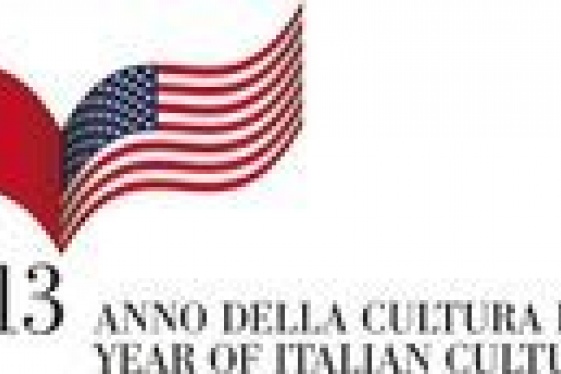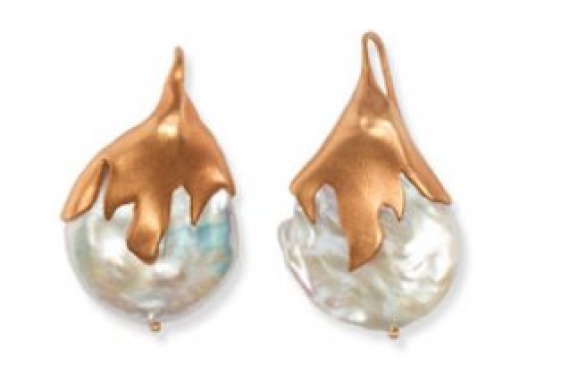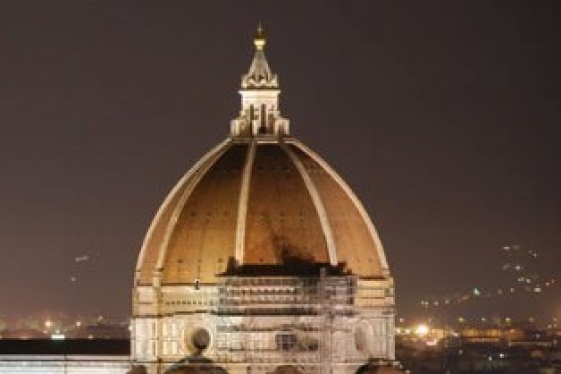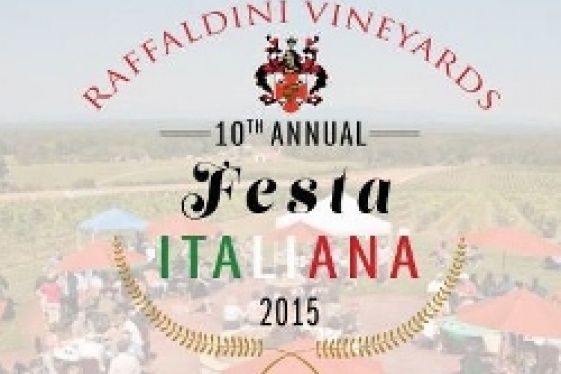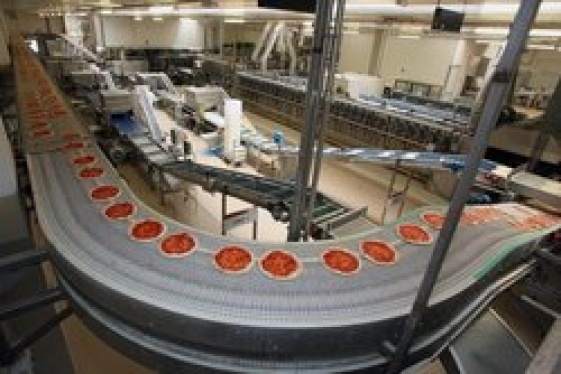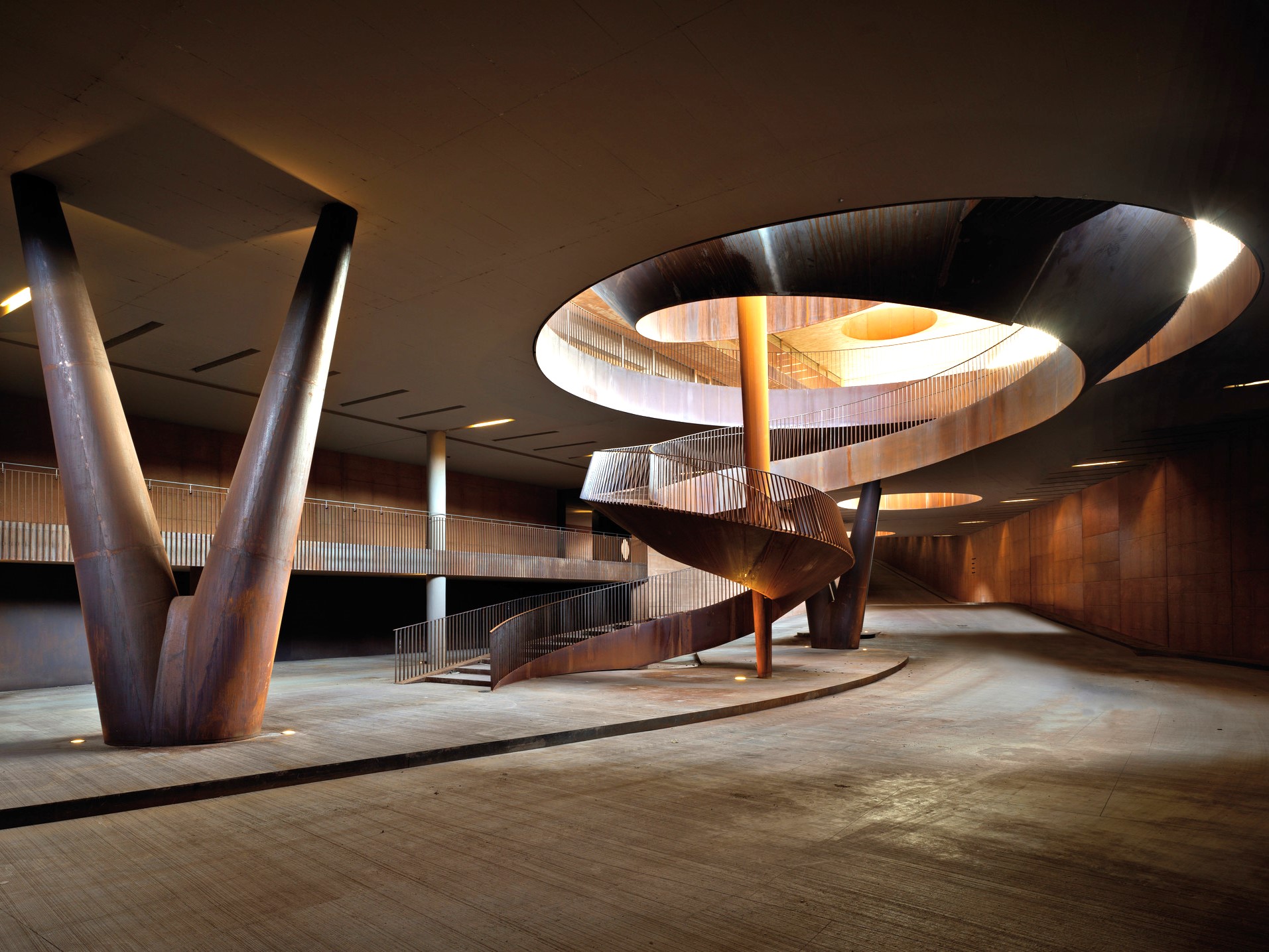

The interaction between Wineries and Design represents a trend of great topicality and extreme interest. More and more wineries, especially in recent years, have transformed their cellars into authentic works of Design. In this article we will consider a few Italian examples, having before us a panorama of dozens and dozens of fascinating ones.
In sketching a concise and fantastic journey among these temples of Taste and Style, we cannot fail to start with the Antinori winery in Chianti Classico, which has been deemed the most beautiful in the world. In fact, the splendid facility, located in Bargino, in the Florence area, was ranked first in 2022 in World's Best Vineyards, the ranking of the world's best wine tourism excellences.
World's Best Vineyards selects the most impressive and exciting wineries internationally, with the goal of promoting wine tourism around the world.
The Antinori winery, inaugurated on October 25, 2012, admirably combines production functionality and aesthetic beauty: covered by vineyards and hidden among olive trees and woods, it stands out for its low environmental impact and high energy savings.
The structure was designed by architect Marco Casamonti, founder of the Archea Associati studio, with engineering by Hydea, following directions provided directly by the Antinori family.
In the heart of Franciacorta, Ca' del Bosco, Maurizio Zanella's winery, welcomes visitors to a futuristic circular wooden building, with a courtyard that holds a centuries-old oak tree at its center. A large installation, depicting a huge, gleaming upside-down bottle, was created using 33,000 empty, backlit bottles of Cuvée Prestige.
The facility houses numerous works of contemporary art: the entrance is given by Arnaldo Pomodoro's Solar Gate, the first work to be installed in 1987, which has since been followed by several others.
In Alto Adige, Cantina Tramin, the Gewürztraminer House, designed by Werner Tscholl, is reminiscent of a vine shoot, both in the choice of color and the development of the architectural layout. The structure, with its typical green color, is distinguished by the extensive use of energy-saving materials and is equipped with a powerful photovoltaic system.
In the Barolo area there is an extraordinarily full and original encounter between Wine and Design, with Sandra Vezza's L'Astemia Pentita winery.
The owner, in fact, is a well-known entrepreneur in the world of Design, with the Gufram brand, who was for a long time a teetotaler, until passion brought her into the Wine business.
At the winery, of course, the marriage of Wine and Design is particularly close: Gianni Arnaudo's design includes two large overlapping volumes, reminiscent of two cases of wine, surrounded only by rows of vines, while the entire production process is located underground.
The interiors are embellished with full-wall murals created by local artists, of course not without various iconic Gufram furniture pieces, such as the Cactus and the Bocca sofa.
Cantina Mesa is characterized by an exceptionally close relationship with its territory: the original minimalist building, intended for the production of Vermentino and Carignano del Sulcis, features a façade inspired by traditional Sardinian fabric patterns. The structure thus provides the effect of a kind of cyclopean tapestry, almost a celebratory installation of the cultural specificities of the area.
Moreover, it remains famous an expression of Gavino Sanna, founder of the winery, now part of the Santa Margherita Group, that "form and content are one."
Cantine Lunae is located in an area of extreme charm, in the furthest reaches of the Apuan Alps, between the coast of the Ligurian Sea and the excavations of the Roman Amphitheater of Luni.
Here designer Andrea Del Sere and the architects of AT Studio have created a building of about 3,000 square meters, between the surface and underground parts, capable of narrating and enhancing the quality of Vermentino production, combining old and new, contemporary technologies and traditional winemaking practices.
The most romantic space turns out to be the extraordinary alder log forest, which serves as the aging room and library of the Bosoni family's estate labels.
Tenuta Ammiraglia, owned by the Frescobaldi family, located in the heart of the Maremma and close to the sea, features a highly original winery designed by architects Piero Sartogo and Nathalie Grenon. The extremely modern structure with sinuous lines is reminiscent of a ship's prow, which seems to rise out of the hills.
The rooms are designed to ensure good functionality and to take advantage of energy from renewable sources; the roof is covered with plants, symbolizing a strong connection with the surrounding environment and allowing for a suitable microclimate in the barrique cellar inside.
In the hamlet of Castello di Ama, a winery in Gaiole in Chianti, one moves among works by Daniel Buren, Chen Zhen, Louise Bourgeois, Hiroshi Sugimoto, Jenny Holzer, Giorgio Andreotta Calò
Owner Lorenza Sebasti and winemaker Marco Pallanti, in fact, focus on the language of contemporary art to capture and communicate the sense of place.
It is usually said that Wine performs the functions of Ambassador of Made in Italy. We can then say, staying in the same metaphor, that the Wineries of our Companies, with their precious component of Design, can be considered its Embassies.
You may be interested
-
A Week in Emilia Romagna: An Italian Atmosp...
The Wine Consortium of Romagna, together with Consulate General of Italy in Boston, the Ho...
-
Cooking With Italian Red Wine
Wine has a long, rich history as a cooking liquid. One of the early "cookbooks," compiled...
-
Il Console Generale Usa: su turismo e seta s...
In mattinata ha incontrato il sindaco di Como, Mario Lucini, assieme all'assessore Gisella...
-
Italian auto supplier Brembo to build new U....
Italian brakes maker Brembo will build a new foundry in Michigan to expand its manufacturi...
-
L'Arte del Gioiello Italiano - Lecture and T...
How has Italy influenced the world of Jewelry? Join us for a special lecture on the a...
-
Lecture and Concert that bring Italy to New...
Saturday, february 28 - 7 pm ESTChrist & Saint Stephen's Church - 120 W 69th St,...
-
Raffaldini Vineyards' 10th Annual Festa Ital...
Saturday September 19, 11 AM/5 PM - Raffaldini Vineyards & Winery - 450 Groc...
-
Small and Medium Enterprises as the Italian...
by Claudia Astarita A recent study on 120 artisan SMEs of excellence – conducted...



